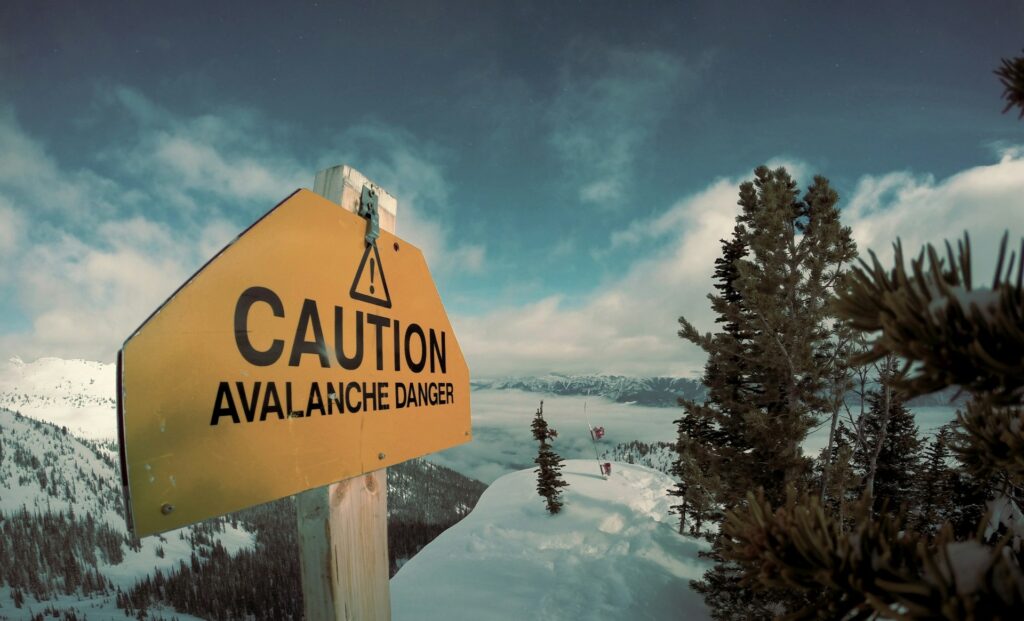On April 25, 2015, a devastating 7.8 magnitude earthquake struck Nepal, triggering a massive avalanche on Mount Everest. This catastrophic event claimed the lives of 24 people and injured 61 others. The avalanche originated from the nearby peak of Pumori, sweeping through the Everest Base Camp and causing widespread destruction.
The Immediate Aftermath
The earthquake’s tremors caused panic and chaos among climbers and base camp residents. Tents were swept away, and the landscape was transformed into a scene of devastation. The Indian Army mountaineering team played a crucial role in the rescue efforts, recovering bodies and evacuating stranded climbers. The team worked tirelessly to ensure that as many lives as possible were saved, despite the overwhelming challenges.
Rescue Operations
Helicopters were deployed to rescue climbers from higher camps, but adverse weather conditions hampered the efforts. The mountainous terrain and aftershocks made the rescue operations incredibly perilous. Despite these challenges, rescue teams managed to transport several injured climbers to Pheriche, a village with a rudimentary hospital staffed by volunteer doctors. These doctors, many of whom were also trekkers, provided critical care under difficult conditions.
Impact on Climbing Season
The 2015 avalanche was the deadliest disaster on Everest, surpassing the toll of a previous avalanche in 2014. The disaster led to the cancellation of the climbing season, leaving many climbers stranded and uncertain about their future expeditions. The economic impact on the local Sherpa community, who rely heavily on the climbing season for their livelihood, was significant. Many expeditions were called off, and the mountain was left unusually quiet for the remainder of the season.
Environmental Consequences
The avalanche also had a significant environmental impact. The massive displacement of ice and snow altered the landscape of the Everest Base Camp and surrounding areas. Additionally, the influx of rescue operations and recovery efforts put additional strain on the fragile ecosystem of the region. The disaster prompted discussions on the need for better environmental management and sustainable practices in high-altitude regions.
Stories of Survival and Heroism
Among the chaos and tragedy, there were also incredible stories of survival and heroism. Many climbers and Sherpas demonstrated immense courage and resilience, helping each other in the face of overwhelming odds. These stories serve as a testament to the human spirit and the tight-knit community of mountaineers who frequent Everest.
Lessons Learned
The 2015 Everest avalanche highlighted the importance of preparedness and the need for robust safety measures in high-risk environments. It also underscored the resilience and bravery of the climbers and rescue teams who risked their lives to save others. The disaster prompted changes in safety protocols, including better communication systems and more comprehensive training for climbers and guides.
Conclusion
The 2015 Everest avalanche remains a somber reminder of the unpredictable and dangerous nature of high-altitude climbing. It serves as a testament to the courage of those who face these challenges and the importance of continuous efforts to improve safety and rescue operations. The legacy of the disaster continues to shape the policies and practices of mountaineering, ensuring that future climbers are better prepared for the risks they may encounter.

